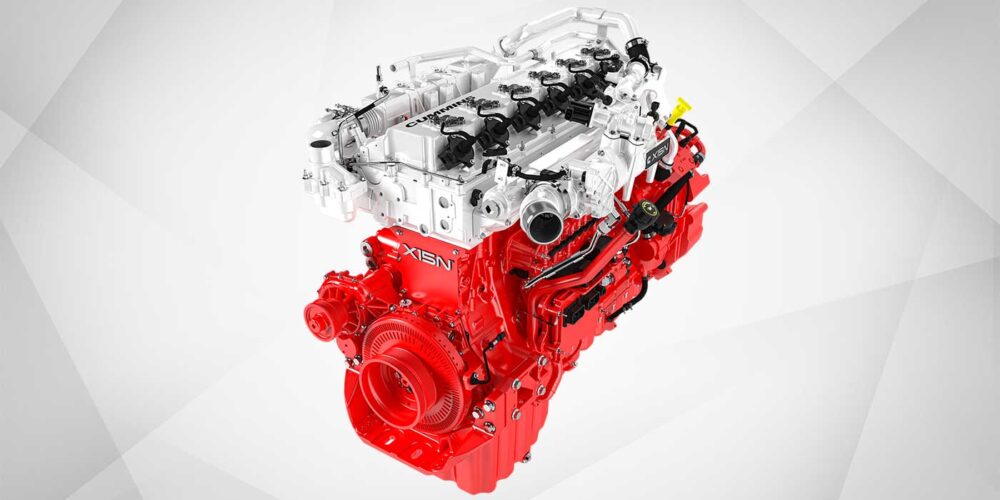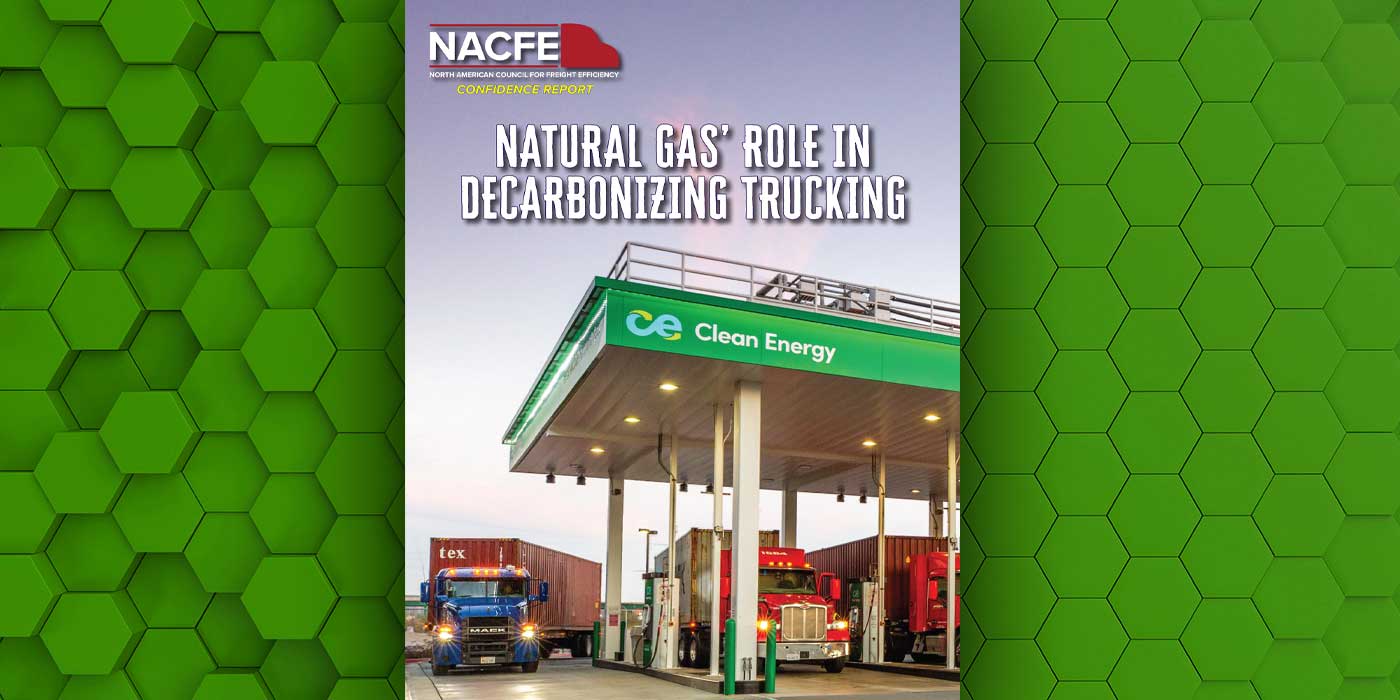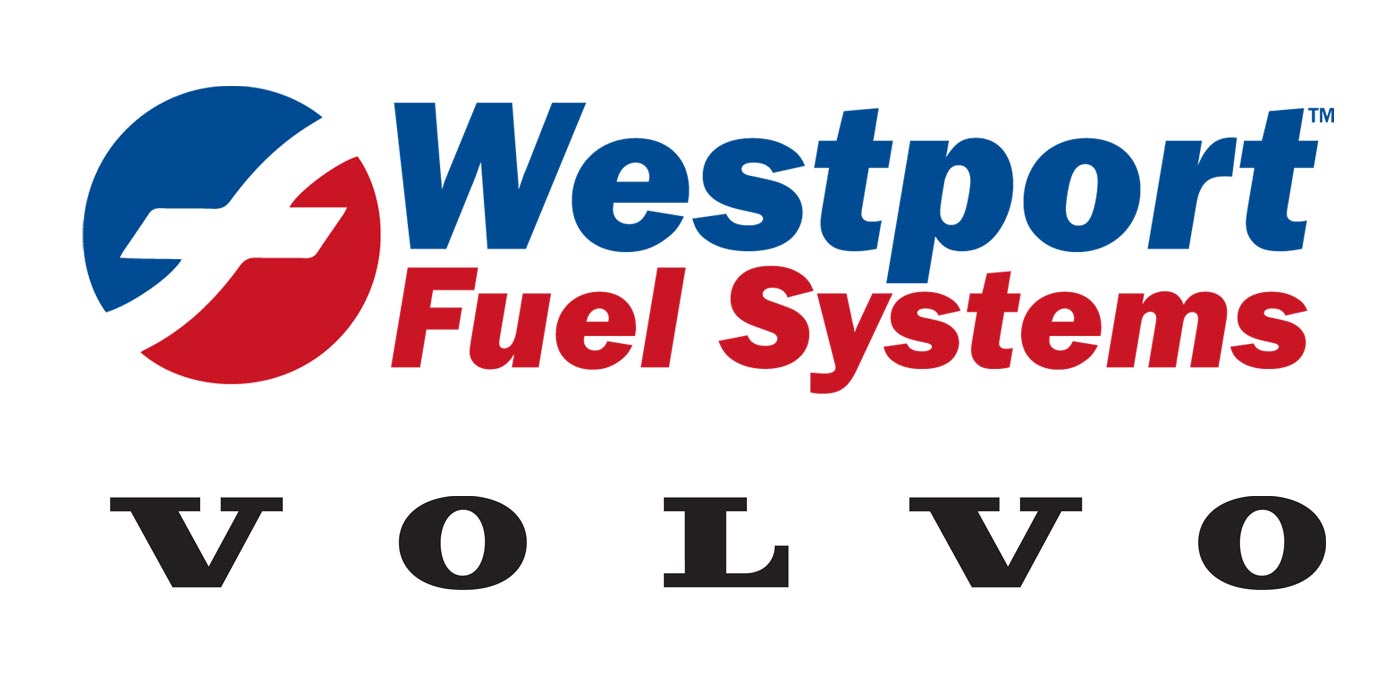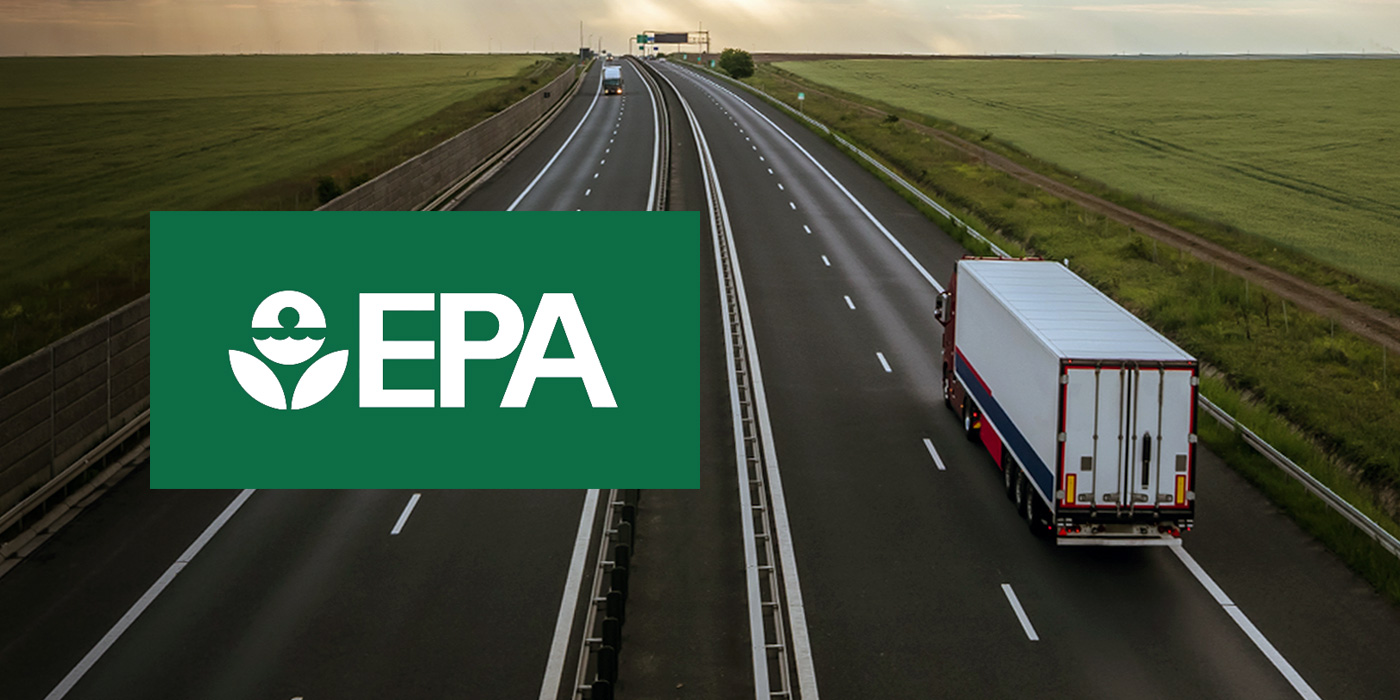Driver-assistance systems. Predictive maintenance capabilities. Remote diagnostics. Truck telematics. Taken separately, the latest truck technology can seem like options that can help improve fuel efficiency and safety, and reduce downtime—and this is true, but take a step back and look at the big picture. It’s the data that’s streaming off of your trucks working in concert with advanced automated driving technology (i.e. driver assistance systems) that will make a deeper level of automated truck operation a reality.
“You can’t have an automated vehicle break down on a freeway, stopping in the middle lane halfway through its run,” said Andrew Dondlinger, Navistar’s vice president of connected services, as he looked down the road that new truck technology is paving. “If you work from the foreseeable future backward, which will be automated vehicles, the reality is that an automated vehicle needs to have 100% uptime. As vehicle manufacturers, we need to be able to predict what’s happening on the vehicle and take it out of service before it goes down. We have the beginnings of those solutions today. We are monitoring what causes the vehicle to go down.”
Couple that with the development of electric trucks that offer fewer moving parts, which potentially equates to less unplanned downtime. True, electric trucks in their current form are aimed at lower mileage, predictable routes, but they will expand into longer haul applications as technology evolves. As the truck equipment data lake swells and new machine learning solutions help analyze needed data sets, you start to see how all of these technologies aren’t on parallel courses; they’re sharing the same road in the same vehicle.
“It’s all connected,” said Mike Branch, Geotab vice president of data and analytics. He sat at a conference table at Geotab’s Oakville, Ontario, headquarters, and looked into a webcam mounted at the head of the table: My seat, presumably. Despite the fact that I was more than 280 miles away (as the truck drives) behind my desk, looking into my computer’s webcam, it was as if Mike was in the room with me. This is the world now: Connected. Visible. Accessible. It’s the direction in which truck equipment is moving.
“One of the things we do when we’re benchmarking our customers’ fleets is that we’re doing it based on movement patterns of vehicles,” Branch said. “Our deep machine-learning models look at the geography and movement patterns related to the vehicle—does this look like an office worker vehicle? Is it a routed pickup and delivery vehicle? Is it hub and spoke? Is it a long-haul vehicle? We do this because we have 30,000 customers across 1.2 million vehicles that can’t have every single person classify that type of vehicle that they’re using.”
You might ask: Why does Geotab need to know this info? Consider improved routing for your trucks. Working with a customers, Geotab found that an average of 15% of the actual unloading locations were off by one-third of a mile and some were off up to 12 miles compared with the destinations a non-truck routing system was indicating. That means delays, confusion, frustration.
“It was surprising,” Branch said. “What that means is when you plug these new unloading zones back into the telematics platform you can then run an analysis to see how productive your trucks have been. You’ll be able to see if you have had issues at a specific location because it’s taking forever for the delivery to happen. Having the data means you can run this analysis properly. That’s one example.”
If your data is siloed in a dashboard and only put to work doing one thing, it would be like having one truck that only leaves the lot to run one specific delivery. Just as you need to optimize your rolling hardware, you need to be able to put your truck data to work where you need it. Start thinking about how you could leverage your data to give you better visibility into your equipment operations and you’ll start to see solutions bubble up to the surface of the data lake.
Geotab is doing this within its own operations—expanding its vehicle data to cities to help municipalities build more efficient transportation infrastructure.
“We’re moving a lot more into the realm of smart city,” Branch said. “There are thousands of vehicles driving around cities like San Francisco or Chicago that we aggregate and can provide insight on. All of a sudden, we have an analysis of what’s going on within a specific school zone, traffic calming analysis, road impediments detection, that kind of thing.
“In the fleet world,” Branch continued, “we did a study on freight signal priority within Detroit [the city, not the OEM]. We worked with a large customer in the Detroit area and said, ‘Okay, if this Class 8 truck is approaching a specific intersection and the light is just about to turn yellow, we want to extend the green light for another 10 seconds.’
“Our models showed that if we have 10% to 15% heavy-duty trucks approaching that intersection, it works. We let the trucks through because every time that truck starts and stops, it consumes fuel and generates emissions during idle. There’s a potential model there. We’re exploring these different avenues and have run a couple pilots on looking at freight signal prioritization and seeing how that might work.”
If that’s what technology providers like Geotab are dreaming up and turning into reality, then perhaps it’s time you start dreaming up your own solutions and working with the right people to make it happen.














